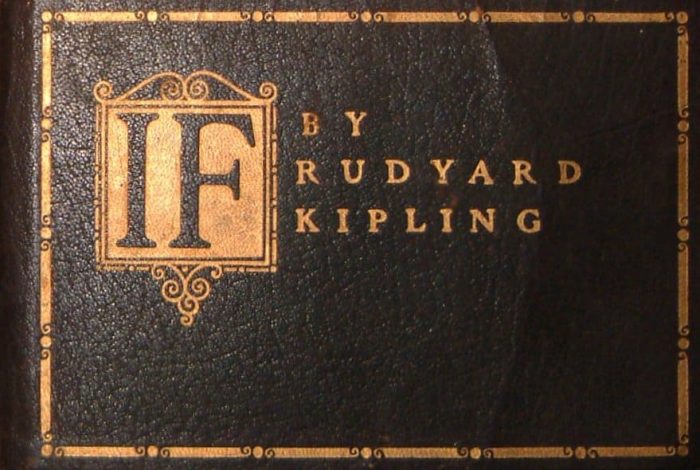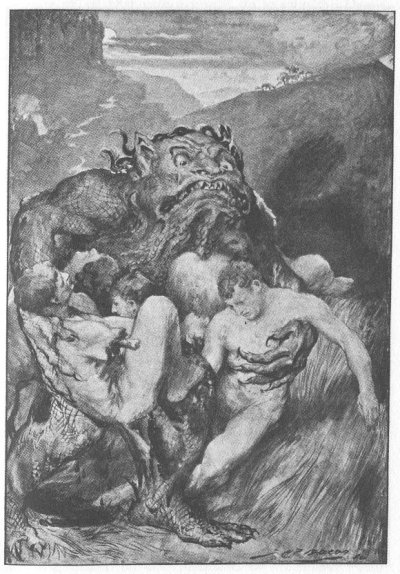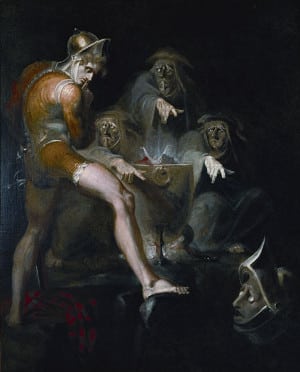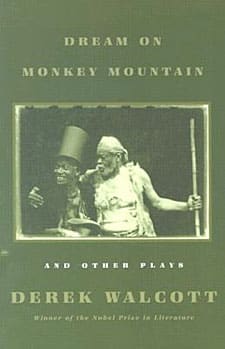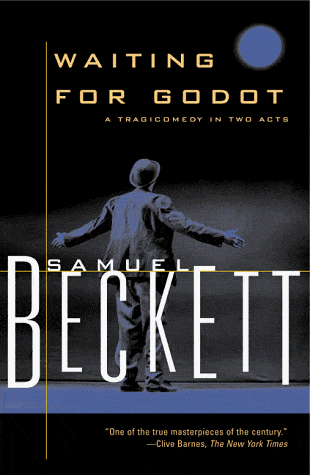What is Caffeine and its effect on Health
What is Caffeine? Caffeine (C8H10N4O2) is a naturally bitter and occurring drug found in nature (such as coffee beans, tea leaves, and even chocolate). It is labeled as a drug because it fits the definition of a drug; a chemical substance that affects the central nervous system, causing changes in behavior and often addiction. Caffeine is…









